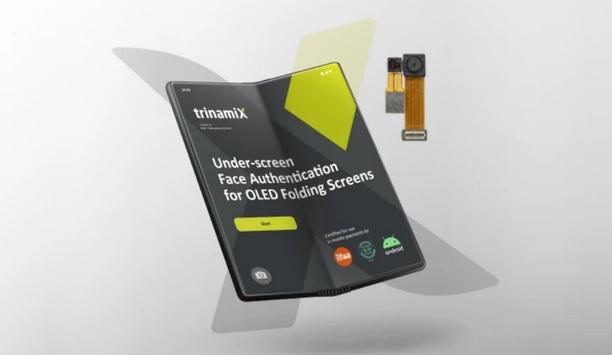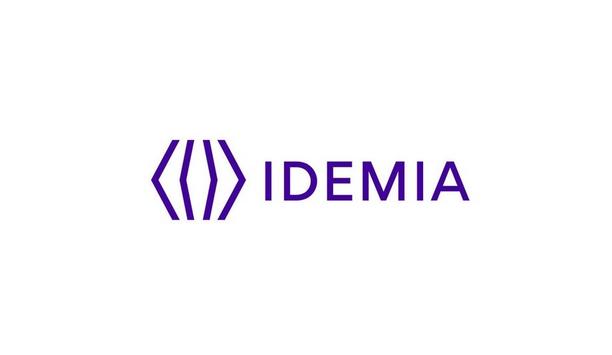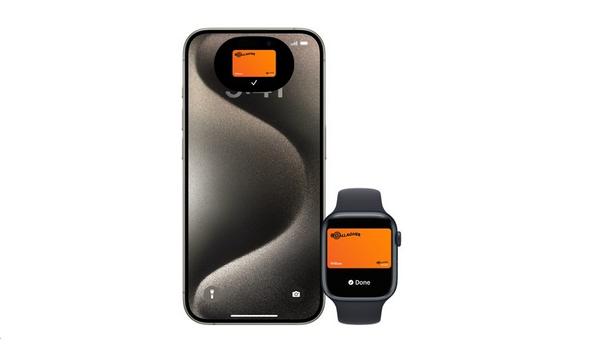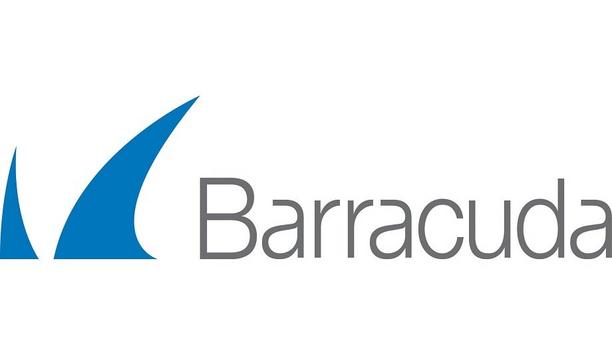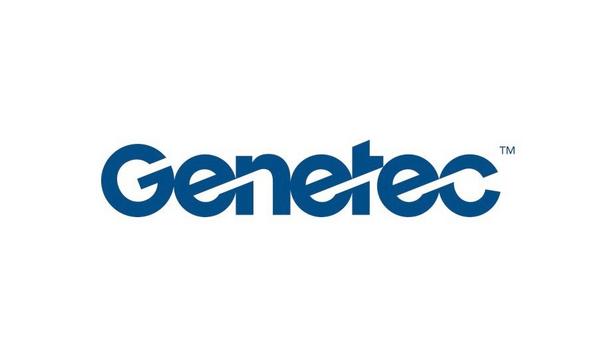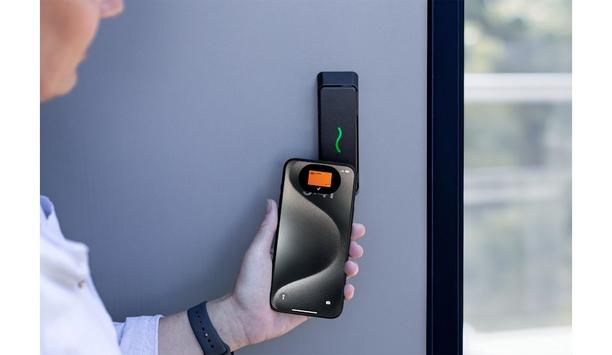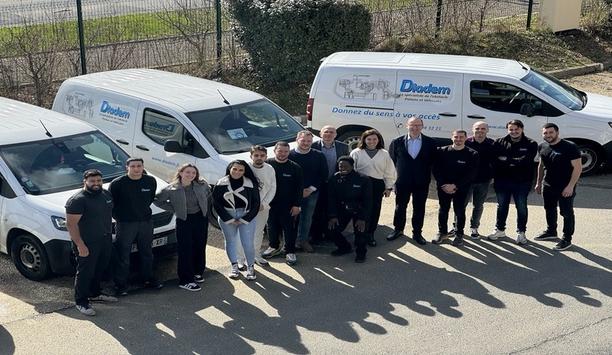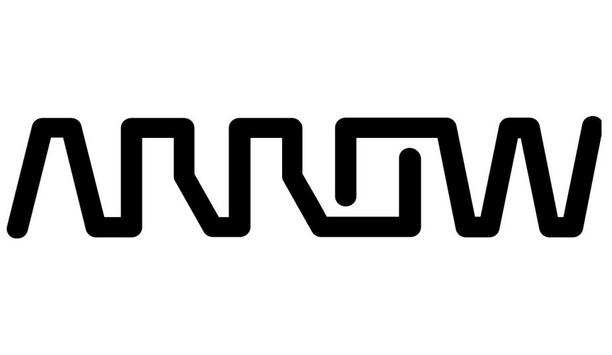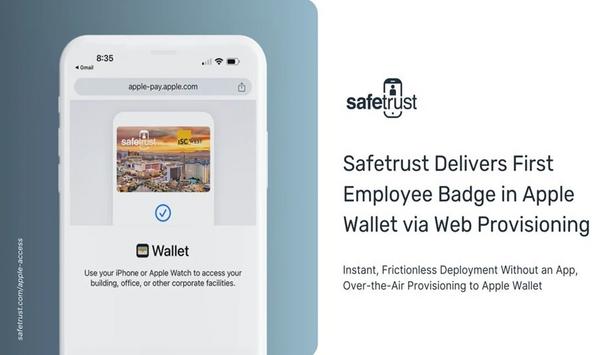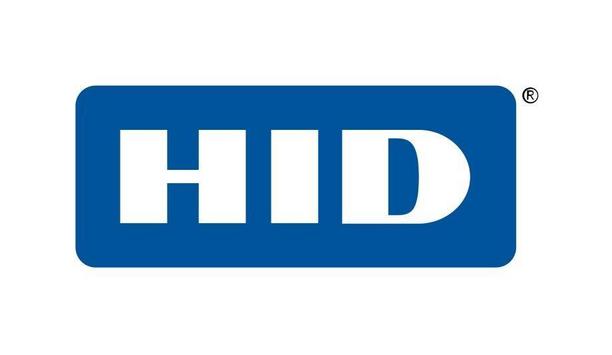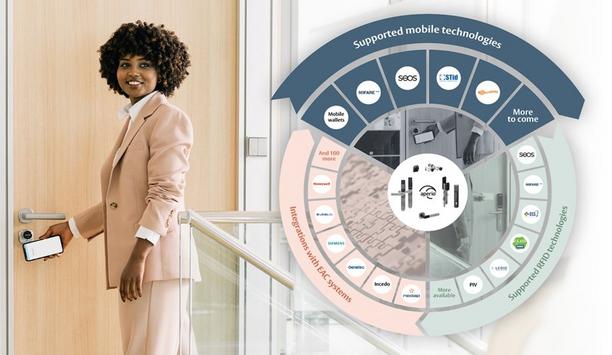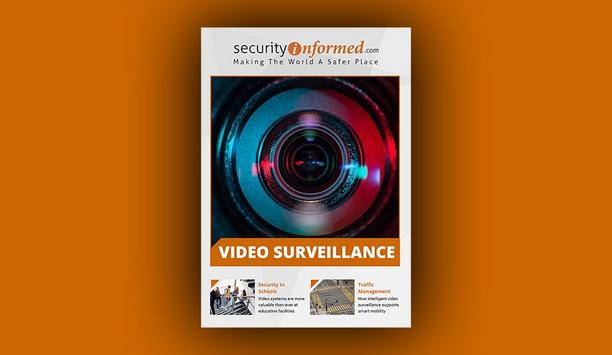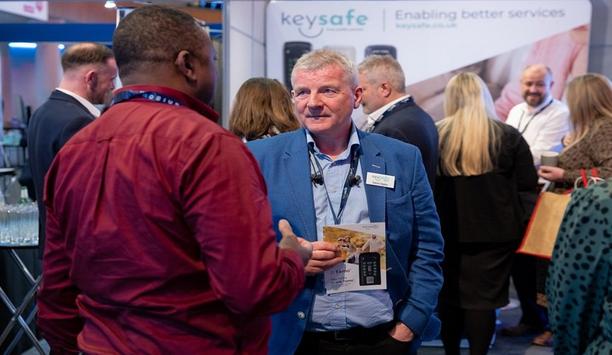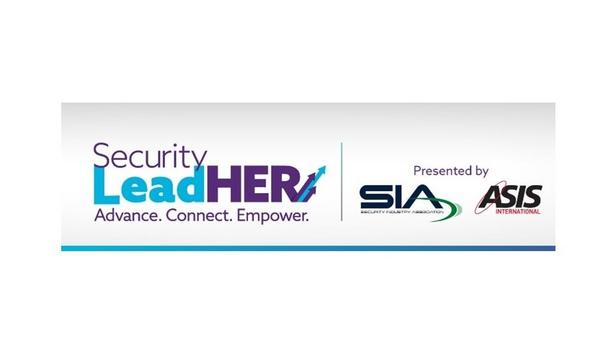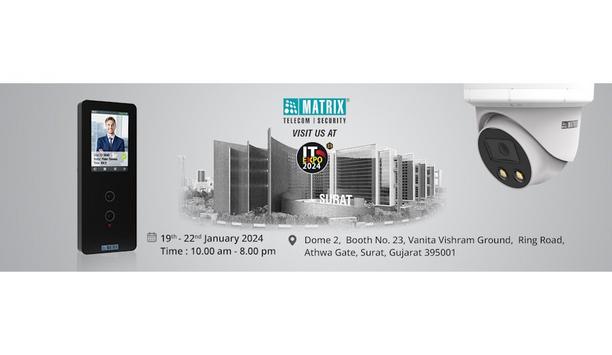CES tends to have something for everyone, spanning tiny gadgets to large industrial machinery. While AI dominated this year’s iteration of the show, there were also plenty of announcements around wireless, IoT and connected cars.
The IoT Infrastructure Pavilion seemed to have grown a bit from last year and garnered significant attendance. The breadth of the show has for some vendors made it an even more central platform than the mobile-centric event MWC. As per usual, they spent most of their time catching up with the latest developments in IoT connectivity. Here are some of the highlights from the show.
Offering commercial services
Converged cellular and satellite IoT connectivity continues to be a hot topic in the mobile industry with multiple announcements made in connection to CES from MediaTek, Telit Cinterion, Quectel, floLIVE, Monogoto and Skylo.
Skylo is currently one of few satellite connectivity providers that offer commercial services
Skylo is currently one of few satellite connectivity providers that offer commercial services based on the 3GPP Release 17 NTN specification and has partnered with for example Deutsche Telekom, floLIVE, EMnify and Monogoto to enable converged services.
During CES, the company announced that Quectel’s NTN-enabled module CC660D-LS is the first to be certified for use on its network, while Telit Cinterion’s ME610G1 module is currently under certification.
Non-cellular specification
When it comes to LPWA networking, no technology fits all. During the show, Nordic Semiconductor announced the commercial availability of the nRF9161 SiP, the first device to support the DECT NR+ specification.
DECT NR+ became the first non-cellular specification to be recognized as a 5G radio technology in 2021 and supports both star and mesh topologies. Although a completely new technology, DECT NR+ shares the regulations associated with its predecessor DECT, allowing it to co-exist with DECT in the license-free 1.9 GHz frequency band ensuring low interference levels.
Substantial financial investments
The solution enables utilities and industrial companies to deploy private networks for LPWA communications
Another noteworthy development in the LPWA space includes Ubiik’s launch of the freeRAN LTE-M base station for the 915 MHz ISM band in the US. The solution enables utilities and industrial companies to deploy private networks for LPWA communications without the need for substantial financial investments in spectrum.
Fixed Wireless Access (FWA) has quickly grown into a substantial market, now generating billions of dollars for the US-based mobile operators. In the enterprise market, requirements are in many cases similar to that of critical IoT applications with high demand for reliability and up-time.
FWA solutions
Leveraging its existing mobile operator relationships and cellular IoT assets, several IoT-focused MVNOs like KORE and iBASIS have in recent time launched FWA solutions, primarily targeted at the enterprise market. iBASIS’ USA Tier 1 FWA plan for example provides unlimited 5G data on Verizon with fallback to T-Mobile and AT&T.
Given that ARPU levels for FWA services are a multiple to those of IoT services, expanding into the FWA market presents a significant growth opportunity.
Emerging device category
AI was one of the main themes of CES 2024, as automotive OEMs and consumer device vendors alike launched new services and devices powered by generative AI. An emerging device category includes live translator devices, some of which feature cellular connectivity, from vendors like Pocketalk and Timekettle.
The most headline-grabbing gadget at the event was however Rabbit’s R1, an AI pocket companion designed to manage tasks through interactions with typical mobile apps. The device comes with Wi-Fi and cellular connectivity and is available for US$ 199. After the launch on Tuesday, Rabbit sold out two 10,000 batches of devices in just two days.










